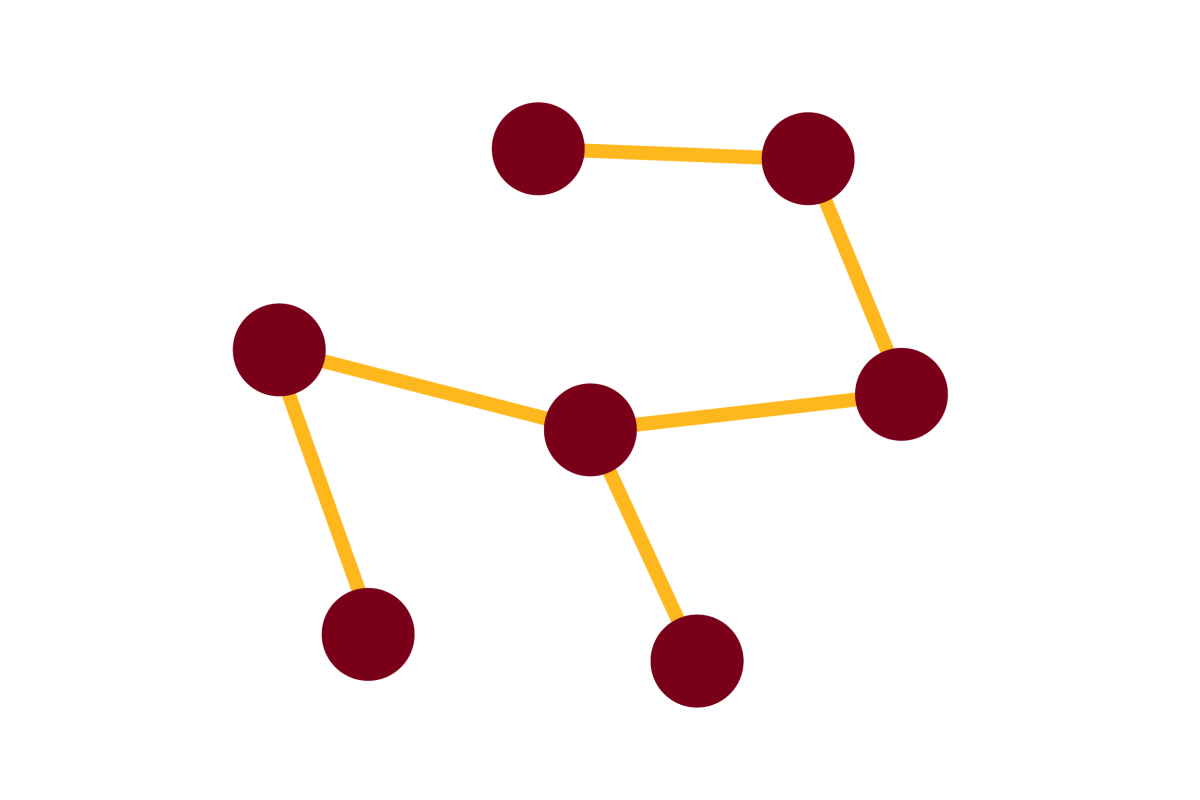The biophysical basis of protein domain compatibility in ion channels [preprint]

Preprint date
December 9, 2020
Authors
Willow Coyote-Maestas, David Nedrud, Antonio Suma, Yungui He, Kenneth Matreyek, Douglas Fowler, Vincenzo Carnevale, Chad L. Myers (professor), Daniel Schmidt
Abstract
Abstract Understanding the biophysical mechanisms that govern the combination of protein domains into viable proteins is essential for advancing synthetic biology and biomedical engineering. Here, we use massively-parallel genotype/phenotype assays to determine cell surface expression of over 300,000 variants of the inward rectifier K + channel Kir2.1 recombined with hundreds of protein motifs. We use machine learning to derive a quantitative biophysical model and practical rules for domain recombination. Insertional fitness depends on nonlinear interactions between the biophysical properties of inserted motifs and the recipient protein, which adds a new dimension to the rational design of fusion proteins. Insertion maps reveal a generalizable hierarchical organization of Kir2.1 and several other ion channels that balances stability needed for folding and dynamics required for function. Summary Massively parallel assays reveal interactions between donor domains and recipient proteins govern domain compatibility.
Link to full paper
The biophysical basis of protein domain compatibility in ion channels
Keywords
computational biology, bioinformatics